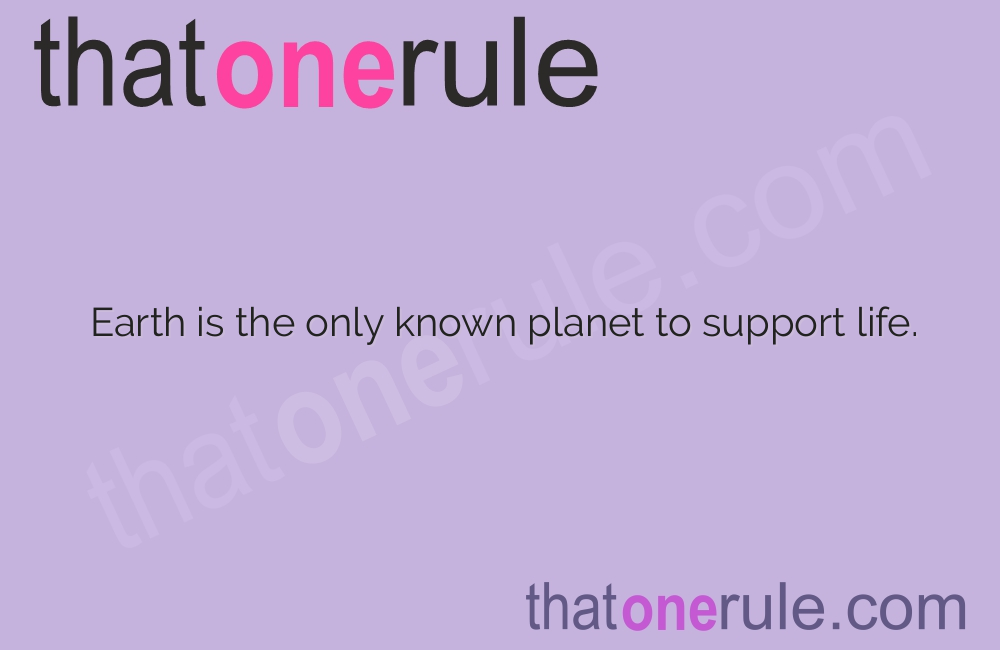Fascinating Facts about the Planets

Earth is the only known planet to support life.
Jupiter is the largest planet in our solar system.
Mercury is the closest planet to the Sun.
Venus is often referred to as Earth’s twin due to similarities in size and composition.
Mars is often called the Red Planet due to its reddish appearance.
Saturn is famous for its spectacular ring system.
Uranus is the coldest planet in our solar system.
Neptune is the farthest planet from the Sun.
The Great Red Spot on Jupiter is a massive storm that has been raging for centuries.
Neptune has the strongest winds in the solar system, reaching speeds up to 1,500 miles per hour.
Mercury has a very thin atmosphere, which means it experiences extreme temperature variations.
The atmosphere of Venus is primarily composed of carbon dioxide, making it a greenhouse effect runaway planet.
Mars has the highest volcano, Olympus Mons, in the entire solar system.
Saturn’s rings are made up of countless particles ranging in size from tiny grains to massive chunks of ice.
Uranus rotates on its side, indicating a cataclysmic collision in its past.
Jupiter has more than 70 known moons, with four of them being the largest: Io, Europa, Ganymede, and Callisto.
Venus has a longer day than its year, meaning it takes Venus longer to complete one rotation on its axis than to orbit the Sun.
The polar ice caps on Mars are made up mainly of frozen carbon dioxide, often called dry ice.
Fascinating Facts about the Planets part 2
Saturn’s moon, Titan, is the only moon in our solar system with a dense atmosphere, and it’s even thicker than Earth’s.
Uranus was the first planet to be discovered with the help of a telescope.
Jupiter’s magnetic field is 14 times stronger than Earth’s.
Venus is the hottest planet in our solar system, with surface temperatures reaching over 900 degrees Fahrenheit (475 degrees Celsius).
Earth’s atmosphere protects us from harmful radiation and provides us with the oxygen we need to survive.
Mars has the largest volcano in the solar system called Olympus Mons.
Saturn’s rings are made up of ice particles and rocks that range in size from grains to large boulders.
Uranus has a highly tilted rotational axis, causing it to appear as if it is rolling around its orbit.
The largest storm on Earth, the Great Red Spot, can fit three Earths inside it.
Jupiter has a strong magnetic field that can generate powerful auroras near its poles.
Venus is sometimes referred to as Earth’s evil twin due to its harsh climate and runaway greenhouse effect.
Mars has the longest canyon in the solar system called Valles Marineris.
Saturn is less dense than water, meaning it would float if placed in a giant bathtub.
Uranus has a bluish-green color due to the presence of methane gas in its atmosphere.
The highest mountain in our solar system is on Mars and is called Olympus Mons.
Jupiter’s moon Europa is believed to have a subsurface ocean of liquid water, making it a potential candidate for extraterrestrial life.
Venus has a thick layer of clouds that are composed mainly of sulfuric acid.
Mars has the largest volcano and deepest canyon in the solar system.
Saturn has a hexagonal-shaped storm system at its North Pole called the Saturn Hexagon.
Uranus has a faint ring system made up of dark particles.
Jupiter’s moon Io is the most volcanically active body in our solar system.
Venus has no moons or natural satellites.
Mars has the tallest volcano, Olympus Mons, which is about three times the height of Everest.
Saturn’s rings are mostly made up of ice particles, ranging in size from tiny grains to meters.
Uranus has the second-largest planetary magnetic field in our solar system, after Jupiter.
Jupiter has a system of faint rings that were discovered by the Voyager missions.
Venus has a very slow rotation, taking about 243 Earth days to complete one rotation on its axis.

